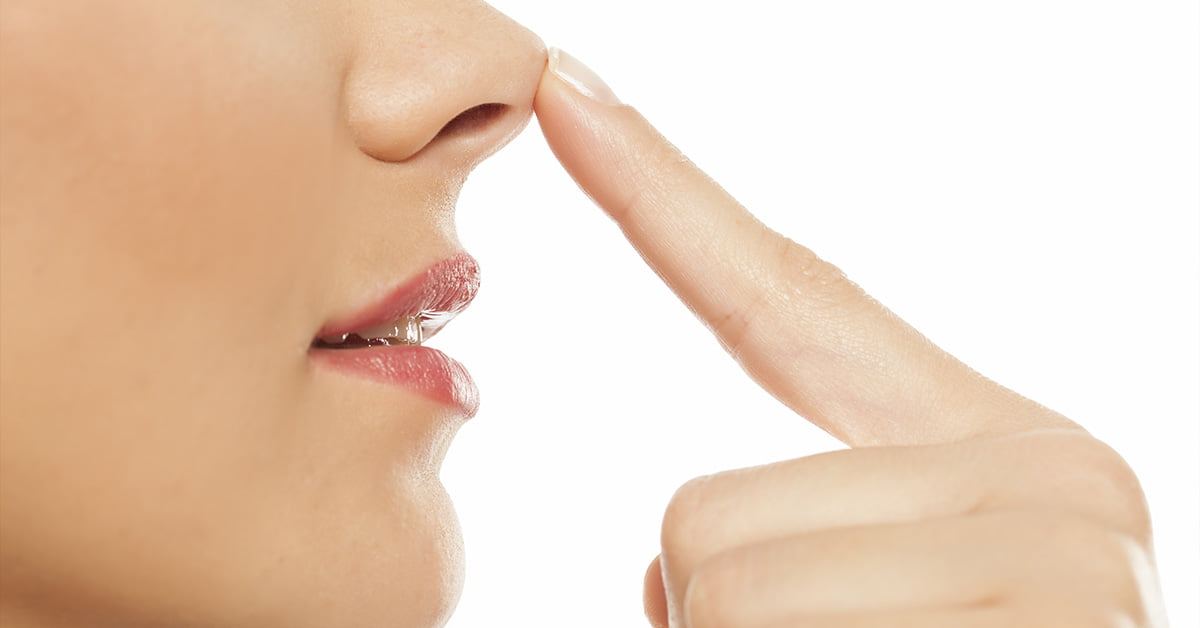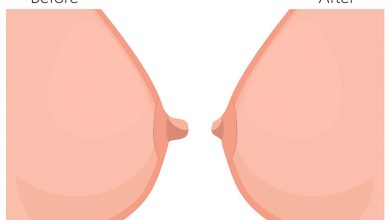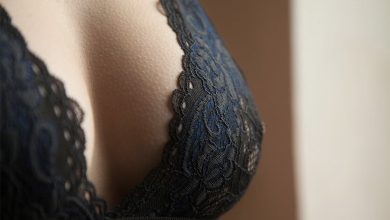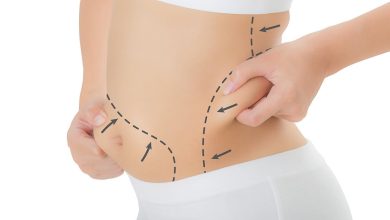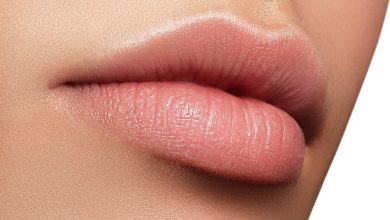Nose Tip Aesthetics
Tip Rhinoplasty – Tip Plasty– Nasal Tip Refinement
Tip rhinoplasty (tip plasty), also known as nasal tip refinement, is a surgical procedure intended to reshape the nasal tip in three dimensions without intervening in the nasal bone, in such a way as to ensure the ideal size, shape and proportions. In this surgical procedure that requires a vast technical experience; millimetric changes are the key to success in terms of aesthetic appearance and functions.
With tip rhinoplasty, it is possible to change;
- The nasolabial angle
- The nasal tip height
- The nasal tip width
- The sizes and shapes of the nasal tip cartilages
- The sizes and shapes of the nasal wings
- The sizes and shapes of the nostrils.
What are the Ideal Nasal Tip Sizes?
The height of the nasal tip may look longer or shorter than normal in side-view, and should be corrected with tip rhinoplasty. The proportion of the nasal tip’s height to the nose length is about 0.67. When making reduction and arrangements in the cartilage structures with intent to shorten a long nose, the abnormalities in the nasal wings and nostrils due to the decreased height should be eliminated simultaneously. The flatness of the nasal wings should be eliminated by removing some tissues from the nasal wings and nostrils.
In side-view, the tip of the nose must be at the same level as the nasal ridge (in men), or one or two mm higher than it (in women).
The nasolabial (nose-upper lip) angle is 90 degrees in men, and a little bit more in women. When viewed from the front, the nasal tip must be between the imaginary lines extending downwards along the both sides of the nasal ridge from the eyebrows. It is important to narrow a nose that is wide and flat more than normal, in such a way as not to impair the structure of the nasal wings and the respiratory functions.
Nasal wings can be wider or thinner and slimmer than normal. In such a case, the nostrils could be closed due to their inability to resist the negative pressure that occurs during nasal respiration. To achieve a successful result, it is vital to shape the nasal wings both aesthetically and functionally.
Asymmetries in the nostril can be corrected, and using appropriate surgical techniques, nostrils smaller or larger than normal can be resized to be within normal range.
Who are Suitable Candidates for Tip Rhinoplasty?
- Those whose nose extends towards the mouth; and whose nasolabial (nose-upper lip) angle is less than 90 degrees.
- People with a long nose that extends forward more than normal or, on the contrary, people with a nasal tip that is extremely flat and short.
- People with wide nasal tip.
- People with nasal wings narrower or wider than normal.
- People with asymmetrical nostrils or nostrils wider or narrower than normal.
What is the Difference of Nasal Tip Lift from Other Procedures?
In nasal tip lift surgery, the narrow nasolabial (nose-upper lip) angle is widened to provide the required angle. This procedure is a part of the tip rhinoplasty (tip plasty) procedure. Unlike the classical rhinoplasty surgery, in which the nasal bones are also intervened, nasal tip lift involves only interventions in the cartilage and soft tissues which form the nasal tip.
Since the nasal bones are not intervened in this procedure, the operation takes less time, causing less postoperative edema and bruises, and requiring shorter time for recovery and returning to normal life. On the other hand, if there are also other aesthetic problems such as nasal hump in the bony structures of the nose besides the nasal tip, tip rhinoplasty is performed in conjunction with other aesthetic procedures intended for other parts of the nose in the same session.
A nasolabial (nose-upper lip) angle greater than normal, in other words, a nasal tip lifted excessively causes an extremely bad appearance. Cases in which the nostrils are seen when viewed from the front occur when the nasal tip is shorter than normal or surgically lifted more than normal, and such a deformity is difficult to correct.
Is There Any Difference between Male and Female Patients In Terms of Practice?
Both the ideal nasolabial (nose-upper lip) angle and the alignment of the nasal ridge and the nasal tip are different in men and women. Lifting the nose excessively in men gives the man a feminine appearance and this is also an undesirable result. Therefore, approaches should be different as well. The nasal tip is more upturned and narrowed in women, while the nasolabial (nose-upper lip) angle is kept at 90 degrees and the nasal tip is not narrowed much in men. On the other hand, while the nasal tip is made slightly higher than the nasal ridge in women, the nasal ridge and the nasal tip in men are kept at the same level.
How Is Nasal Tip Lift Performed?
It is performed under local or general anesthesia in operating room conditions, using open or closed technique. Nasal cartilages are reshaped, and the nasolabial angle is reformed as it should be. In large noses, the cartilages are shortened; and in flat noses, the problem is eliminated with cartilage supports. If the nasal wings are excessively large, the excess tissues are removed.
If the nostrils are wide, they are narrowed. If there is a curvature in the septum region of the nose, this curvature is corrected and the nostrils are reshaped so that they look more symmetrical and open are when viewed from the outside. The nose is supported by placing cartilages in this area to prevent the nose from drooping over time.
In most cases, the nasal hump, excess tissue and excessive wideness in the nasal bones are also intervened in the same session. Tip Rhinoplasty, also known as tip plasty, can be performed alone, but often other parts of the nose are intervened during operations; and in such cases, the name of the operation becomes rhinoplasty, that is, aesthetic nose surgery.
Recovery after a Rhinoplasty Operation
Two hours after the operation, oral liquid food intake is started; and after 4 hours, the patient is asked to get up and walk. They patient lies in a semi-sitting position on the bed. In this way, the facial pressure and possible swelling and bruises are minimized. This also reduces the blood leakage.
Cold is applied to both sides of the nose. The patient avoids strenuous movements such as leaning forward, straining, excessive talking. In the days after the surgery, the edema begins to subside. However, it takes 6 to 12 months for the edema and swelling to completely subside, and for the nose to take its final appearance.
Postoperative Recovery Period of Nasal Tip Lift
Postoperative edema subsides within months, and the nose takes its final form within 6 to 12 months. You can get information about other points to be considered after the surgery at: https://www.cengizacikel.com/ameliyat-sonrasi-nelere-dikkat-etmeli
2024 Tip Rhinoplasty Prices in Istanbul
Tip rhinoplasty (tip plasty) prices vary depending on the degree of deformation in your nose and the additional aesthetic procedures (if any) to be combined with tip rhinoplasty. You can contact us on our contact page, to find out the surgical procedure suitable for you and its current price
References
- Tip Rhinoplasty
